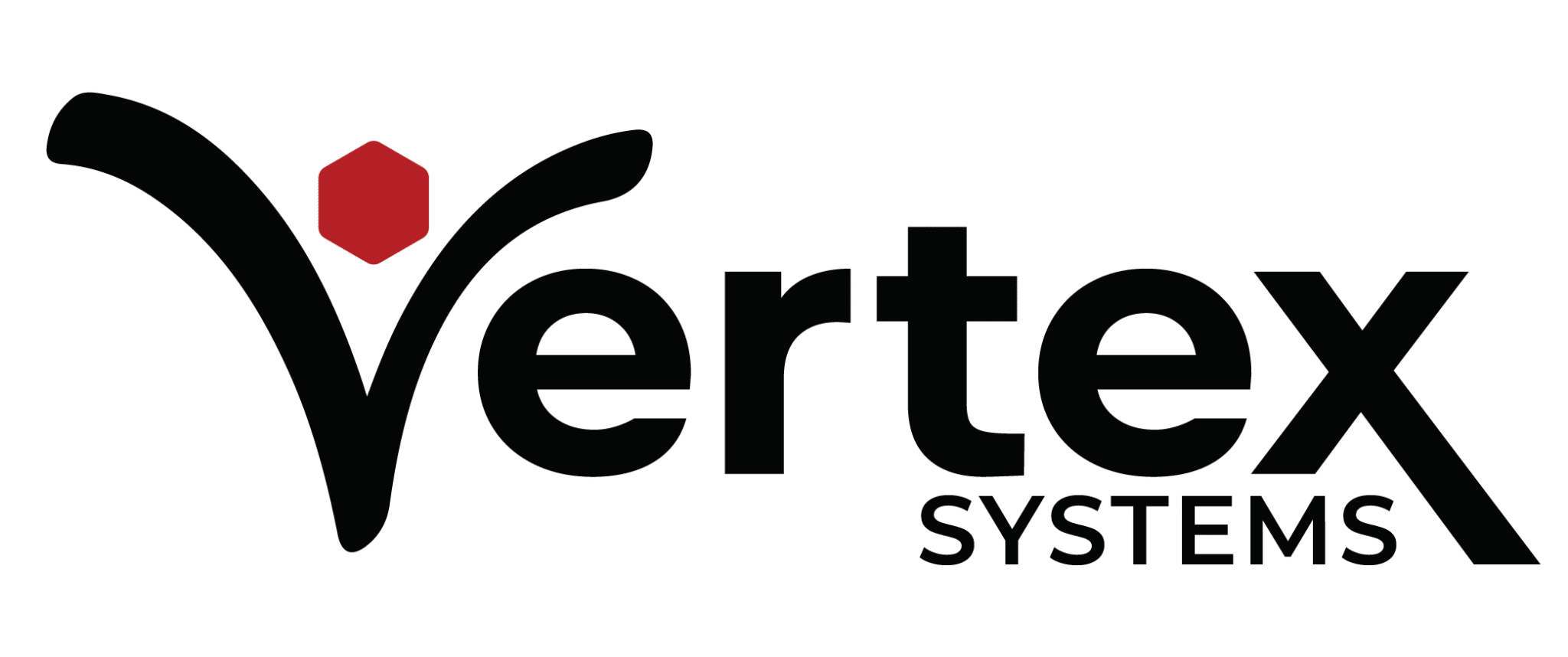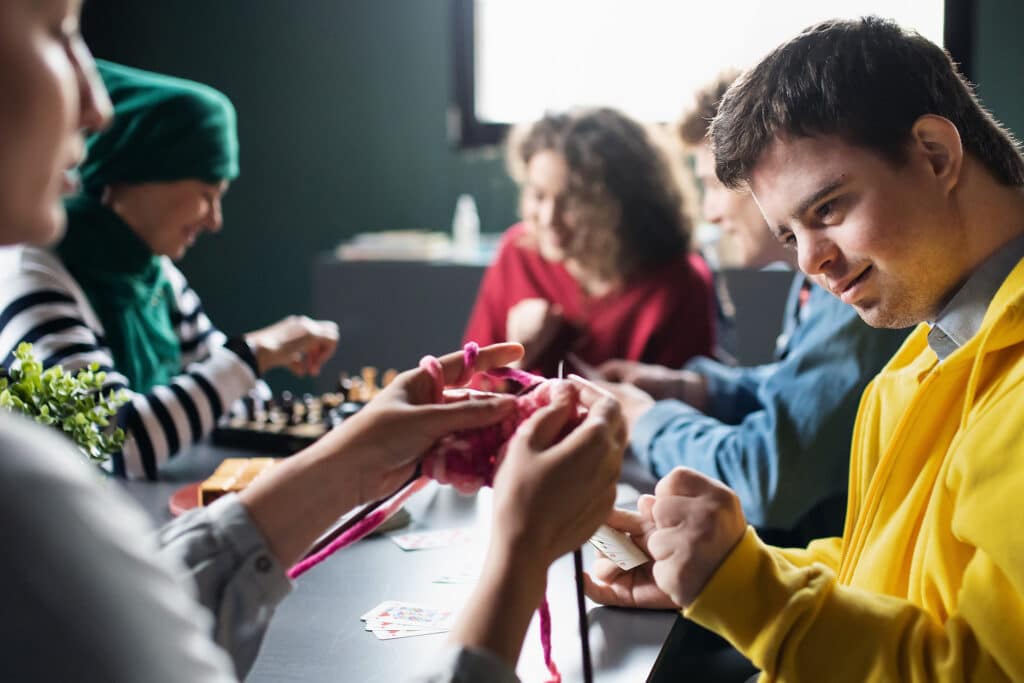Designing spaces that support and uplift individuals with intellectual and developmental disabilities (IDD) goes beyond meeting accessibility regulations. It’s a crucial step in fostering communities that embrace diversity and inclusion wholeheartedly. As stated by ALSO, Individuals with IDD face increased health disparities and severe poverty risks when lacking community inclusion and chances to reach their full potential. In this detailed exploration, we’ll look at why inclusivity for individuals with IDD is critical and how you, as part of a dedicated community, can make a lasting impact.
The Power of Inclusivity for IDD
When we discuss inclusivity, we’re not merely referring to physical access to public spaces or services. For individuals with IDD, a genuinely inclusive community means a welcoming environment that recognizes, respects, and accommodates their unique abilities and needs. It’s about providing support and reasonable adjustments that enable them to engage in all aspects of community life—from education to employment, recreation, and civic participation.
This level of inclusivity has profound effects on the well-being and self-esteem of individuals with IDD. Feeling valued and accepted can significantly improve their quality of life, fostering a sense of belonging and the confidence to pursue their interests and goals. However, the benefits extend beyond the individual; inclusive communities also tend to be more cohesive, with members who are more empathetic and appreciative of differences.
Strategies to Foster Inclusivity
Shaping an inclusive community takes deliberate effort and thoughtful strategies. Several approaches have proven effective in promoting inclusivity for individuals with IDD.
- Education and Advocacy: By organizing workshops, seminars, and advocacy events, you can raise awareness in the community about IDD and the value of inclusion. It is essential to start by gaining knowledge in order to overcome obstacles and eliminate barriers.
- Infrastructure and Facilities: Ensuring that public spaces, schools, and workplaces are designed with the needs of individuals with IDD in mind is crucial. This might involve physical modifications, providing communication aids, or offering specialized assistive technologies.
- Policies and Practices: Local governments and organizations can play a pivotal role by implementing inclusive policies and practices, such as anti-discrimination laws, reasonable accommodation policies, and flexible work environments.
- Stakeholder Collaboration: Inclusivity is a team effort. By working with local businesses, service providers, and community leaders, you can create a network of support that is essential for a truly inclusive community.
Practical Applications of Inclusive Community Initiatives
To illustrate the impact of a community-driven approach to inclusivity, we showcase real-world initiatives.
- Inclusive Education: Schools that offer comprehensive special education programs, as well as programming that integrates students with IDD into mainstream classrooms, demonstrate the educational benefits of inclusivity.
- Vocational Training: Organizations that provide vocational training tailored to the abilities of individuals with IDD open doors to meaningful employment and career advancement.
- Support Services: Programs that help individuals with IDD live independently or with minimal support are critical in promoting self-sufficiency and life satisfaction.
- Community Networks: Local support organizations and mentorship programs offer vital connections and emotional support, promoting a sense of community and social inclusion.
Learn How to Promote Inclusive Communities for Individuals with IDD by Contacting Vertex Systems
Creating inclusive communities for individuals with IDD is a collective mission—one that requires the commitment of every member of society. By raising awareness and executing targeted strategies, we not only meet ethical and legal obligations but also foster a community that embraces diversity and ensures equal opportunities for all.


